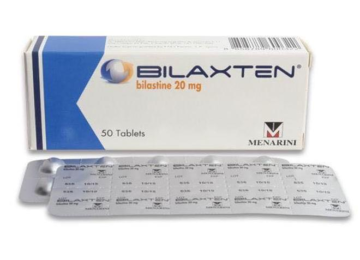Alcohol monitoring devices are devices that can measure the amount of alcohol in a person’s system, either by analyzing their breath, sweat, or blood. These devices can be used for various purposes, such as preventing drunk driving, enforcing sobriety orders, or supporting addiction recovery. Read soberlink alcohol monitoring device reviews and visit the official site to get more information about the device. In this blog post, we will explore some of the most common types of alcohol monitoring devices and how they work.
Breathalyzers
Breathalyzers are devices that measure the blood alcohol content (BAC) of a person by analyzing their breath. The person blows into a mouthpiece or a funnel attached to the device, and the device calculates their BAC based on the amount of alcohol in their breath. Breathalyzers can be handheld or installed in vehicles.
Handheld breathalyzers are portable and easy to use. They can be used by law enforcement officers to conduct roadside tests, or by individuals who want to check their own BAC before driving or engaging in other activities. Some handheld breathalyzers can also connect to smart phones or computers and send data to authorized parties, such as probation officers or treatment providers.
Vehicle breathalyzers, also known as ignition interlock devices (IID), are devices that prevent a vehicle from starting until the driver provides a breath sample that is below a preset limit. IIDs are often mandated by courts for people who have been convicted of drunk driving offenses, as a way to ensure their compliance with sobriety orders. IIDs can also record and transmit data on the driver’s BAC, attempts to tamper with the device, or violations of the program rules.
Alcohol Bracelets
Alcohol bracelets are devices that measure the alcohol consumption of a person by analyzing their sweat. The person wears a bracelet around their ankle that continuously monitors their alcohol concentration (TAC), which is the amount of alcohol that is excreted through the skin. The bracelet can store and transmit data on the person’s TAC levels, drinking patterns, and location.
Alcohol bracelets are often used as an alternative to breathalyzers for people who need long-term alcohol monitoring, such as those who are in addiction recovery programs or under court supervision. Alcohol bracelets can provide more accurate and frequent data on a person’s alcohol intake than breathalyzers, which only measure BAC at a single point in time. Alcohol bracelets can also deter people from drinking, as they know they will be detected and held accountable.
Alcohol Patches
Alcohol patches are devices that measure the alcohol consumption of a person by analyzing their sweat. The person wears a patch on their skin that collects and analyzes their sweat samples for alcohol content. The patch can store and transmit data on the person’s alcohol intake and patch status.
Alcohol patches are similar to alcohol bracelets in terms of function and purpose, but they have some advantages and disadvantages. Alcohol patches are less conspicuous and more comfortable than alcohol bracelets, as they can be worn under clothing and do not require batteries or charging. However, alcohol patches are also less reliable and durable than alcohol bracelets, as they can be easily removed, damaged, or tampered with.











